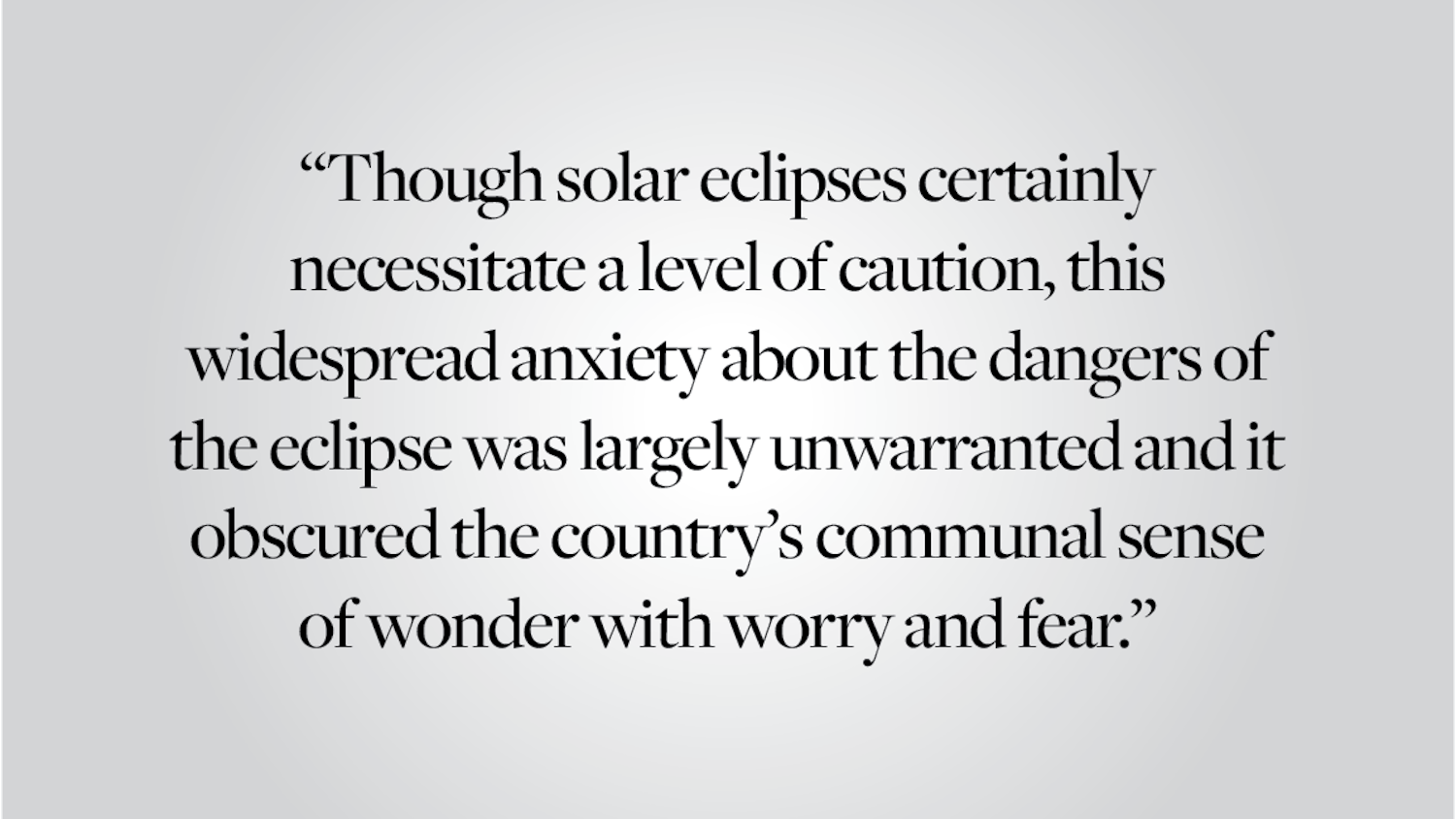If you have not seen it already, you have probably heard about the Slavery Memorial. Stemming from the recommendation of the Steering Committee on Slavery and Justice’s report, the Slavery Memorial takes the form of a ball, chain and plaque on the Quiet Green in front of Manning Hall. Last week, students criticized the memorial and its dedication in a Bluestockings Magazine piece.
The main critique the students posed in their column had two components. The first was the University should not have commissioned the chosen design because the design’s features can be considered degrading. The second, and one that I take issue with, is the hope for a memorial that wouldn’t fully encourage all members of the community to engage in discussions about what slavery means to each of us and the community as a whole.
The memorial was an impossible idea to perfect. The official steering committee report acknowledged that. Problematizing the memorial has an important place on the wide spectrum of campus discussion on this crucial topic. Yet this specific criticism, aired last week, fails to consider the importance of lasting campus discussion about historical and contemporary societal injustices and the space on campus that is dedicated to that discussion.
The aforementioned critique of the memorial engages in a multitude of arguments about the possible missed opportunities of the space. I argue that we should consider the ball and chain as inherently valuing the humans who were enslaved and damning the societal injustices that made them slaves. And, though the memorial is made of industrial materials, the fact that the majority of the iron ball remains underground demonstrates the undeniable and permanent link between the building of Brown University and the transatlantic slave trade. These kinds of debates and engagements are what the steering committee hoped for when it charged the University to build a memorial “to create a living site of memory, inviting reflection and fresh discovery without provoking paralysis or shame.”
Yet the recent critique of the memorial goes further than problematizing the memorial. It also criticizes that very line in the steering committee report that hopes the memorial can invigorate discussion. The commission of the memorial was not done in hopes of alleviating white guilt, as the critique claimed. It was also not done in hopes of insulting members of the University and local Providence community whose ancestors were dehumanized during the construction of this institution. Instead, it was commissioned to explore, consider and discuss what slavery and its historical memory mean to all of us.
The very critique of the memorial, and this response, are testaments to the provocative nature of the ball and chain that is anchored on the Quiet Green. The memorial gives all members of the community, who all have varying perspectives and senses of connection to the work, an opportunity to learn and discuss. Discussions about slavery and its legacy have been taking place in classrooms, dorm rooms, student groups and student publications in a fragmented manner. Now, there is a Center for the Study for the Slavery and Justice that centralizes these discussions and brings varying views together to be a part of a productive conversation.
In honoring the steering committee report’s recommendation, the center is dedicated to “studying slavery and other forms of historical and contemporary injustice.” On Friday, the center is opening its doors to a student open house to promote further campus engagement with the center and its ongoing mission. Next week, as already covered in an opinion column (“Ingber ’15: The value of President Simmons’ voice,” Oct. 7), the center has invited former President Ruth Simmons to come to campus for the grand opening and dedication of the center’s new location at 94 Waterman St. These events clearly demonstrate a desire to engage the entire campus in these important discussions.
As I mentioned before, the memorial could not be perfect. It continues to draw harsh criticism from both those who think its presence is too large and harsh and those who believe its presence is not pronounced enough or misrepresents its charge. If this campus wants to have a debate that strengthens our community, then we must continue to voice and listen to these criticisms. We should do this, though, while recognizing that the University has given us a place to do so.
Let these next couple of weeks be a reinvigoration of an ever-necessary discussion. It is my hope and the hope of the CSSJ that the community will embrace the memorial’s goal of campus-wide discussion and remembrance. Dismissing that goal will only hurt our community.
In the past year, discussions of race have been rightfully and especially prominent on this campus. As we continue these discussions, we hope that our student body, like our memorial, will stray from shame or paralysis. Instead, it is imperative that we continue to be awakened and work toward necessary progress.
Joe Sacks ’15 is a senior studying history and public policy and a member of the CSSJ Student Advisory Committee. He can be reached at joseph_sacks@brown.edu.
ADVERTISEMENT




